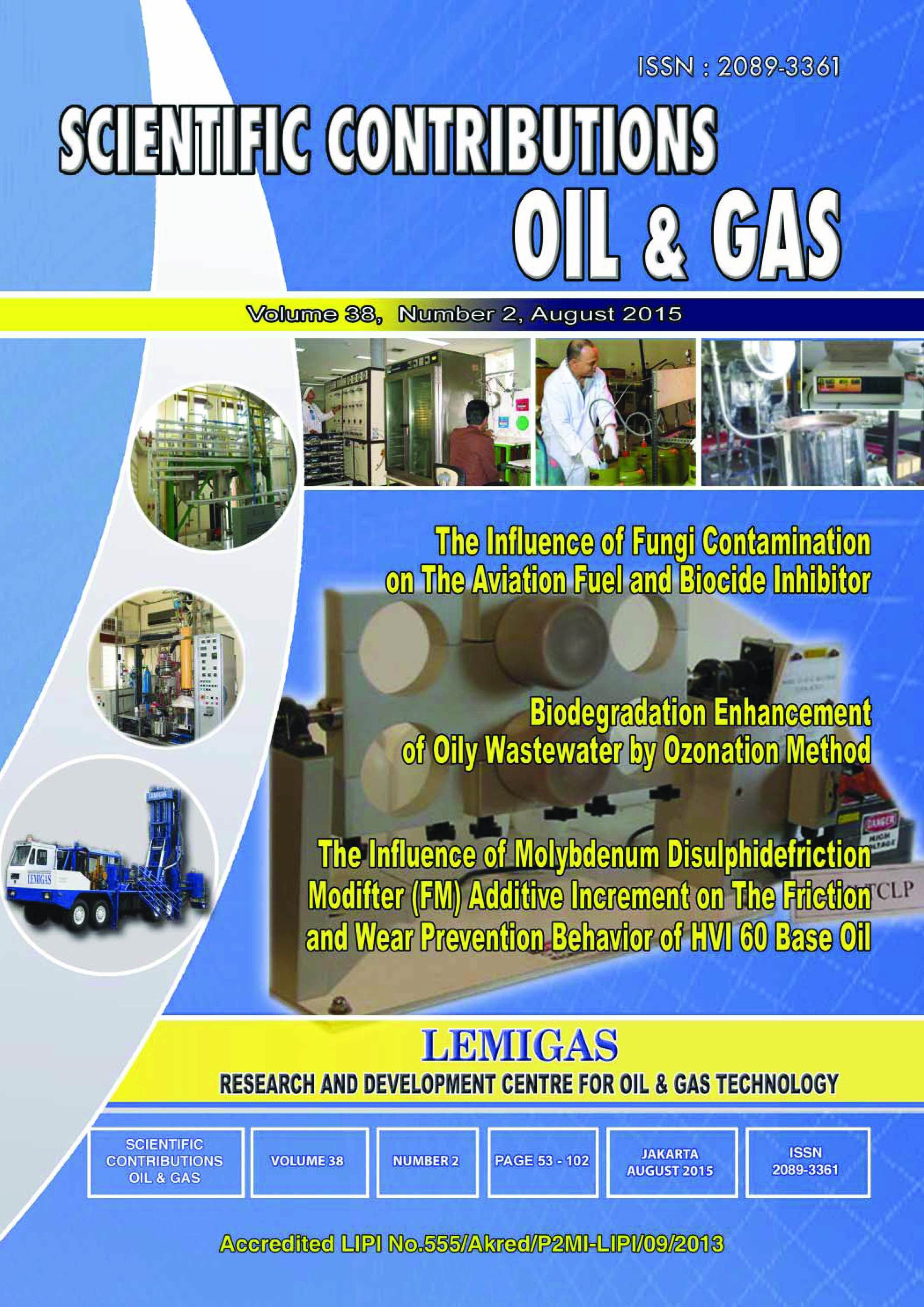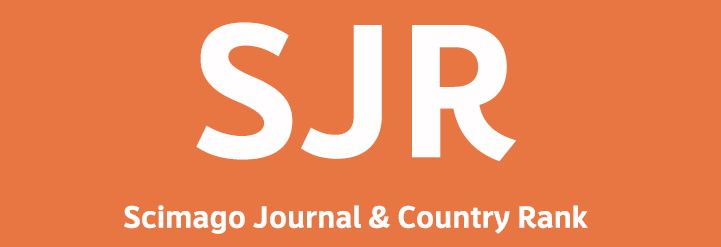HYDRATE MITIGATION FOR DEEP WATER AND LONG DISTANCE PIPELINE – FLOW ASSURANCE APPROACH
DOI:
https://doi.org/10.29017/SCOG.38.2.544Keywords:
gas hydrate, mitigation, inhibitor, pipeline, offshore.Abstract
The existence of gas hydrates is well known in the oil and gas production industry. The components are dominated by methane and naturally occur in deep marine sediment along continental margins. Although hydrates may be of potential benefi t both as a hydrocarbon resource and as a mean of storing and transmitting natural gas, traditionally their presence is considered to be an operational and a safety problem. They can form at the pressures and temperatures found in natural gas and oil pipelines causing blockages, especially when temperature falls signifi cantly, such as when closing in a well or fl owing gas through a choke. This could deliver a serious potential problem for oil and gas offshore production either for its equipment or personnel. Besides the variation of gas rate to avoid hydrates forming, currently there are two methods that have been used widely to prevent hydrates formation in production pipelines - thermal insulation and chemical inhibitor. Each method has its own benefits. PIPESIM software application can be used to evaluate both mitigation methods and to then fi nd which is the best scenario based on lowest cost, shortest period of application and less adversity.
References
Ameripour, Sharareh., 2005, “Prediction of Gas-Hydrate Formation Conditions in Production and Surface Facilitiesâ€, Thesis-Texas A&M University, Texas.
Barrufet, Maria A., 2013, “Lecture 33-34 Gas Hydrates†PETE310, Texas A&M University, Texas, 2010.
Bradley, Howard B., 2005, “Petroleum Engineering Handbookâ€, SPE Textboox Series, Texas.
Bishnoi, P.R., “Gas Hydrates Researchâ€, Gas Hydrates Research Group, University of Calgary, Canada, accessed on Sept.
Chittawan, Nakarit., 2012, “Gas Hydrate Formation and Control by the Use of Chemicalsâ€, Thesis-Faculty of Science and Technology, University of Stavanger, Norway.
Edmonds, B, et al. 1998, “Hydrate Updateâ€, GPA Spring Meeting, Darlington, London.
Folger, Peter., 2010, “Gas Hydrates : Resource and Hazardâ€, Congressional Research Service, USA.
Fajarwati, Kartika., 2012, “Study of Liquid Condensation in Offshore Gas/Condensate Transmission Pipeline Networkâ€, Bandung Institute of Technology, Indonesia.
Jeon, Yong-han, et al. 2006, “A Study of the Kinetic Characteristic of Natural Gas Hydrateâ€, Journal Vol.12 No.5, Inha University, Inchon, Korea.
Lake, Larry W., 2006, “Petroleum Engineering Handbookâ€, Society of Petroleum Engineers, Texas, USA.
Lake, Larry W., 2006, “Petroleum Engineering Handbookâ€, Society of Petroleum Engineers, Texas, USA.
Lundgaard, Lars, et al. 1992, “Calculation of Phase Diagrams of Gas-Hydratesâ€, Elsevier Science Publisher B.V, Amsterdam.
Lundgaard, Lars, et al. 1992, “Calculation of Phase Diagrams of Gas-Hydratesâ€, Elsevier Science Publisher B.V, Amsterdam.
McCain, William D., 1990, “The Properties of Petroleum Fluidsâ€, PennWell Publishing Company, Oklahoma, 1990.
Pedersen, Karen Schou. Chistensen, Peter L., 2007, “Phase Behavior of Petroleum Reservoir Fluidsâ€, Taylor & Francis Group.
Pickering, P.F, et al. “Evaluating New Chemicals and Alternatives For Mitigating Hydrates in Oil & Gas Productionâ€, FEESA Ltd, UK.
Schlumberger, 2013, “PIPESIM, The Next generation in multiphase flow simulationâ€, Schlumberger
Tarek, Ahmad., 1989, “Hydrocarbon Phase Behaviorâ€, Gulf Publishing Company, Houston.
Tohidi, Bahman., Chapoy, Antonin., “ The Potential for Methane Hydrate Formation in Deep Repositories of Spent Nuclear Fuel in Granitic Rocksâ€, Institute of Petroleum Engineering, Heriot-Watt University, Edinburg, Swedish, 2010.
Zheng, SU, et al. 2007, “Calculation of Methane Hydrate Solubility in Marine Environment and Its Constrains on Gas Hydrate Occurrenceâ€, Chinese Journal of Geophysics, Guangzhou.
Downloads
Published
Issue
Section
License
Copyright (c) 2015 SCIENTIFIC CONTRIBUTIONS OIL AND GAS (SCOG)

This work is licensed under a Creative Commons Attribution 4.0 International License.
Authors are free to Share — copy and redistribute the material in any medium or format for any purpose, even commercially Adapt — remix, transform, and build upon the material for any purpose, even commercially.
The licensor cannot revoke these freedoms as long as you follow the license terms, under the following terms Attribution — You must give appropriate credit , provide a link to the license, and indicate if changes were made . You may do so in any reasonable manner, but not in any way that suggests the licensor endorses you or your use.
No additional restrictions — You may not apply legal terms or technological measures that legally restrict others from doing anything the license permits.














